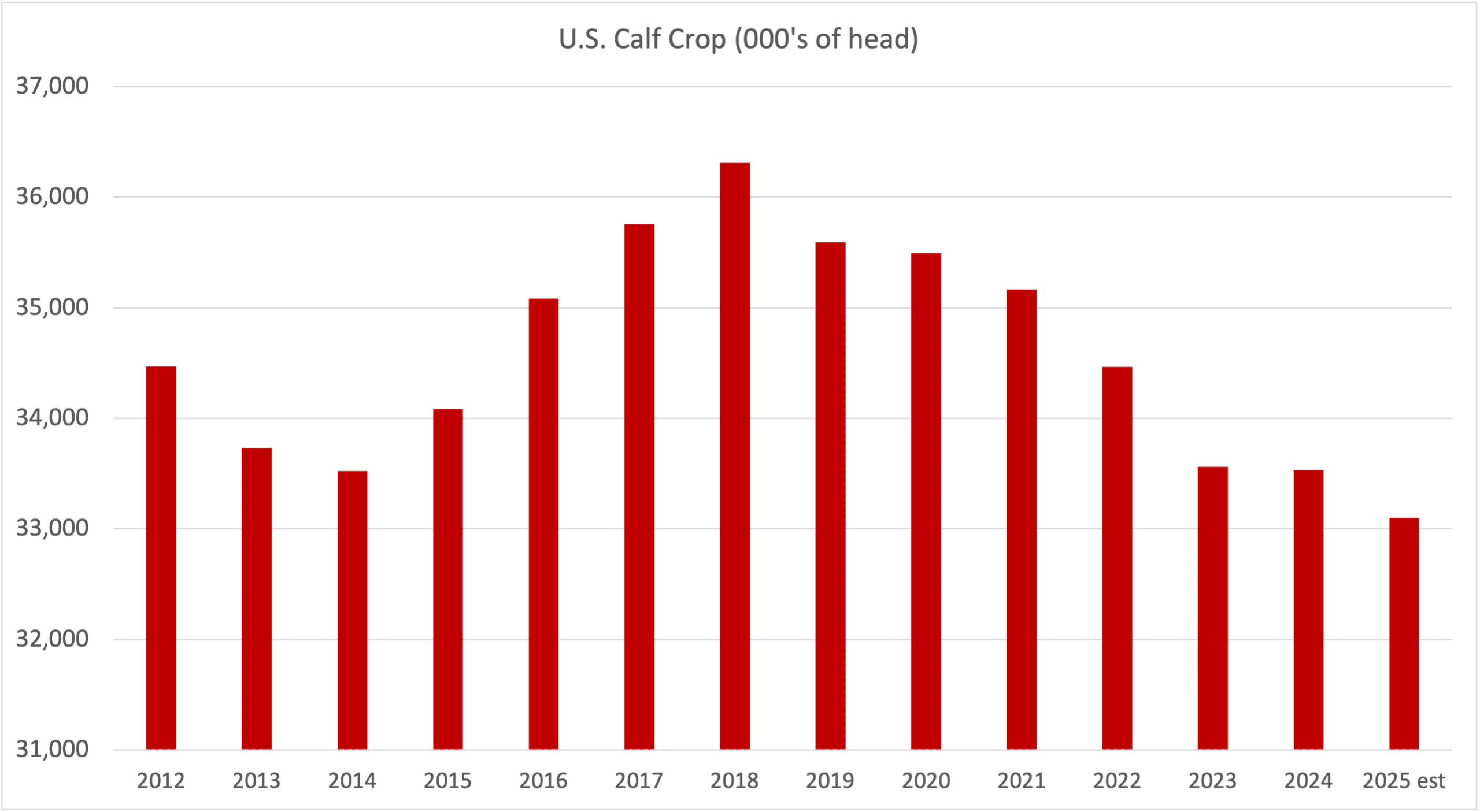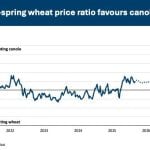Canada’s barley supply/demand doesn’t matter to price determination. Domestic barley value is currently tethered to the price of imported U.S. corn, holding steady for the time being. Both are showing around $335/tonne delivered into southern Alberta for nearby delivery. Our best guess is that 2-2.5 MMT of U.S. corn will come into Western Canada in 2023-24, with Saskatchewan perhaps taking more than Alberta.
Australia has been selling feed barley to China lately, with volumes that rival their traditional trading relationship of five-plus years ago, at competitive prices that don’t pencil workable for Canada. Back to normal.
Using a US $270/tonne landed China feed barley price, less ocean freight, currency exchange and freight/handle from Vancouver back to delivery point in Saskatchewan is $244/t or $5.35/bu. That’s not going to work in advancing Canadian barley exports when the domestic market offers a better price to the grower.
Read Also

Factors influencing cattle feeder market during the fall of 2025
Market analyst Jerry Klassen weighs in on live cattle markets
MarketsFarm feels the domestic barley price needs to stay relatively high and tethered to the value of imported U.S. corn because the large livestock-consuming area in the southwestern area of the Prairies is short on feed and reliant on imports.
We don’t know if it’ll be led by corn or wheat, but depending on the timing of when the cattle industry needs a feed supply reload, or snarly weather that disrupts transportation logistics, we would expect barley to have at most $20/tonne of upside oomph this winter, unless the U.S. corn market was to stage a sustained rally. Then we’d go higher. But in the absence of that, feed markets are holding steady for the time being.
For more feed market analysis, visit MarketsFarm.
















